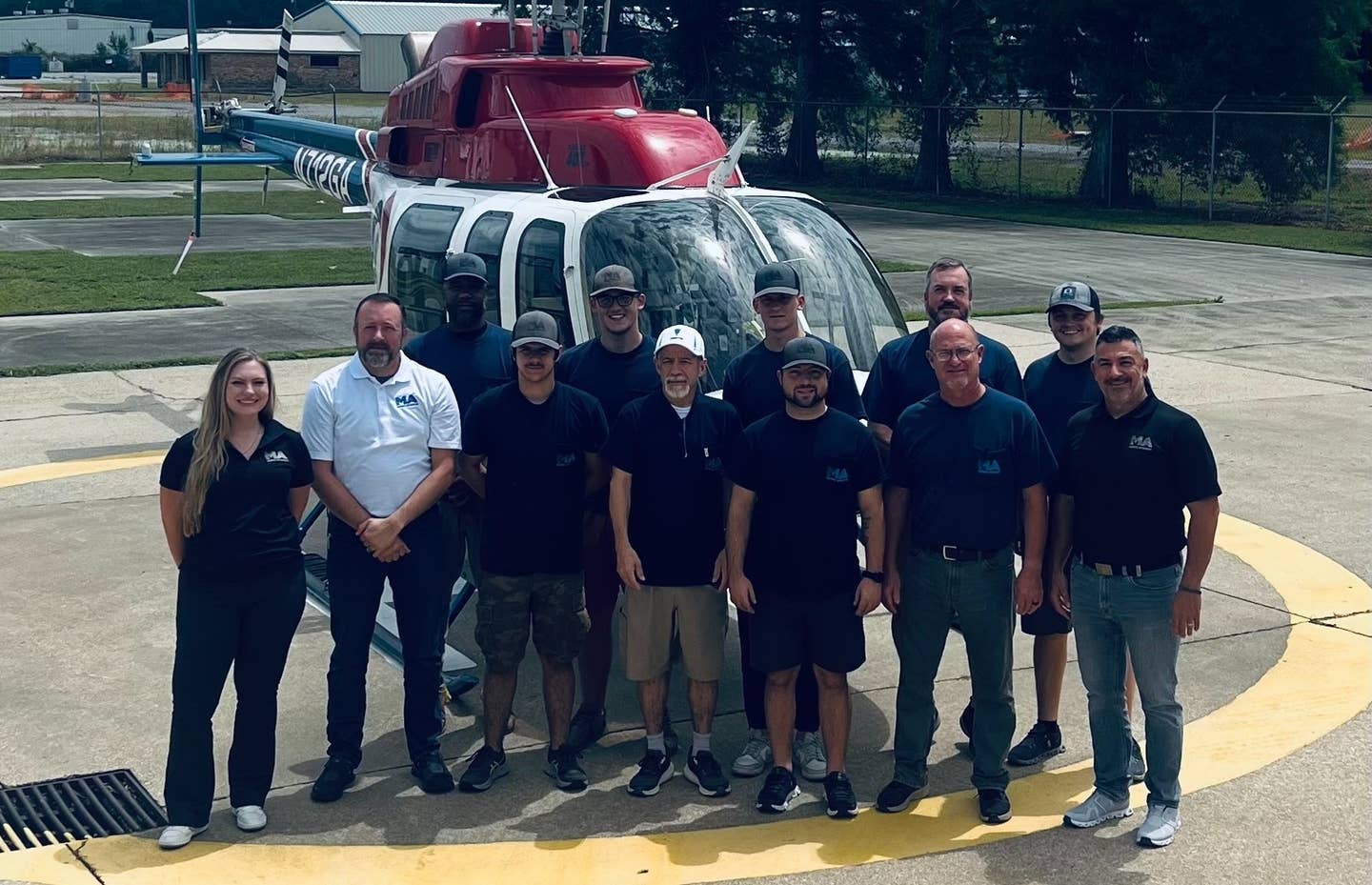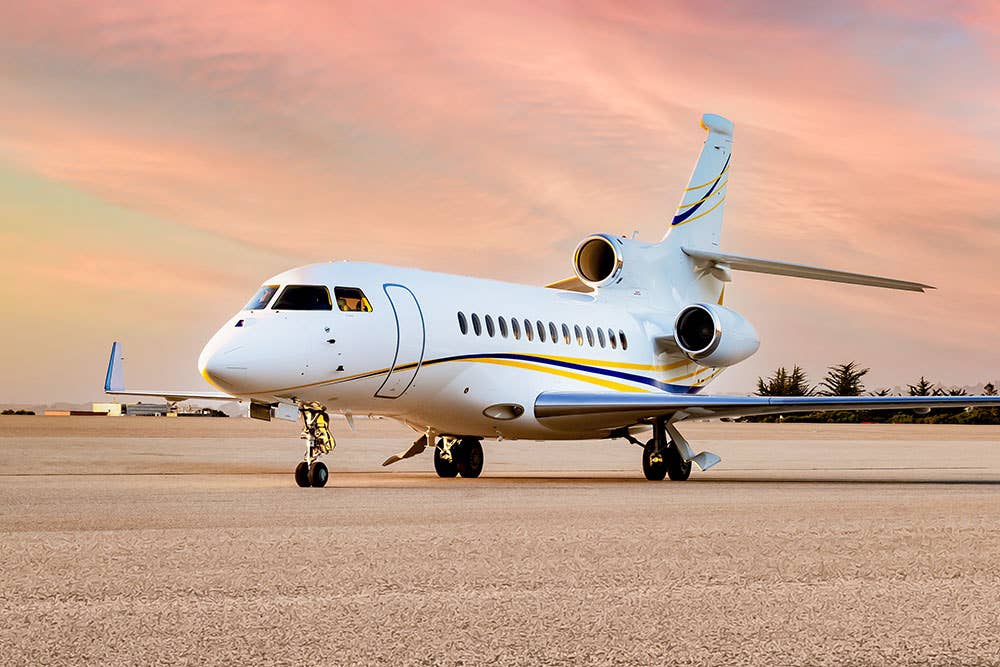Game Over for Regional Airlines?
The regionals need pilots with experience to operate but such pilots are suddenly in huge demand by major airlines.

Regionals are competing head to head with the majors for qualified crews to fully staff their routes. [Courtesy: Shutterstock]
When I started V1 Rotate late last year, it had already become apparent that the COVID-19 pandemic was going to become a footnote in aviation history, a momentary blip in an era of strong opportunity for professional pilots.
My employer had resumed hiring, as had every other airline and most flight departments and Part 135 and 91K operators. Flight training was proceeding apace, and United had just opened its new Aviate Academy. The coming year seemed likely to eclipse 2019 in terms of both training and hiring, but otherwise represent an evolution of the ongoing pilot shortage.
Instead, we got a year that surpassed all expectations and shattered industry norms. In 2022, Delta Air Lines is on target to hire 2,500 pilots—almost twice its previous hiring record—and United’s and American’s hiring is on a similarly frenetic pace. In all, the three legacy airlines accounted for 5,465 pilots hired through September, according to data from the Future & Active Pilot Advisors web site.
The low-cost and national airlines hired another 3,101, and the three largest cargo airlines, another 1,557. At my airline, the hiring has also been accompanied by strong internal advancement. For the first time ever, we’ve had new-hires placed into our largest international widebody fleets, the Airbus A350 and A330. Brand new line pilots not even off probation have been awarded captain upgrades (NYC 737), and pilots with a mere two years of seniority are getting the Boeing 757/767 left seat. Every time I come to work, there’s some crazy new development that has us all shaking our heads.
And yet, there’s nothing happening at my airline that compares to the earth-shattering revolution happening at the regional airlines right now. Understand that ever since they started in the early 1980s, the regionals have formed a sort of minor league system for pilots. Almost all of us at the majors who are from a civilian background spent time at the regionals, building the experience necessary to move upward. The regionals were notoriously low-paid, and for a time in the late 80s through mid-1990s, many airlines actually required pilots to pay for their own training. The attitude was generally “you need us more than we need you, and we know you’ll do anything for that dream job.”
But of course, the regionals do need pilots to operate—moderately experienced pilots at that, thanks to the 1,500-hour rule—and such pilots are suddenly in huge demand. As soon as the post-COVID hiring boom took off, the regionals’ attrition numbers skyrocketed to an unsustainable level. It’s not just that they’re losing captains to the likes of Delta and United; they are also losing first officers (FO) to Spirit and JetBlue and Atlas, sometimes after as little as a year of employment. This is doubly threatening to the regionals’ ability to staff their contractual flying, because few of their new hires have the experience requirements to upgrade quickly; they need a few years on the line first. The only solution was to increase their pay enough to entice FOs to stick around long enough to upgrade and fly as captain for a few years before moving on.
American Airlines’ wholly-owned regionals—Envoy, Piedmont, and PSA—were the first to do this, as I reported in a V1 Rotate video on July 1. Their pilot contract wasn’t up for renegotiation for another two years, but out of the blue, they announced permanent raises of 13 to 32 percent, temporary raises of 50 percent above that, and a 100 percent bonus for check airmen. This brought first year FO pay to around $90,000 (plus bonuses), captain pay increased to around $146 to $213/hour, and check airmen are making as much as $426 per hour.
For comparison, the top American Boeing 777 captain rate is a “mere” $342/hour. This development was particularly delicious because only a few years back, American had threatened its regional pilots with annihilation unless they signed concessionary contracts. Cause, meet effect.
Naturally, all the other regional airlines were forced to follow suit shortly thereafter or see their most experienced pilots leave for Envoy et al. Industry giants Skywest and Republic matched the new rates and made them permanent, Horizon nearly doubled its existing rates, and even notoriously cheap airlines, like Mesa, have been forced onto the bandwagon. Delta’s wholly-owned regional, Endeavor, resisted the longest, insisting that the flow agreement to Delta would be enough to entice new pilots—but, faced with triple-digit monthly attrition and single-digit new hire classes, was finally forced to give up the game last week. They actually put up higher numbers than the American wholly-owned carriers, increasing new-hire pay to $100/hour, which is more than first-year pilots on Delta’s mainline.
The obvious question is where this is all leading. The regionals’ cost structure was never that much lower than the majors; a decade ago, their CASM (cost per available seat-mile) was within 5 to 10 percent of their major partners. Now, it must be incredibly high to an unsustainable degree. Add to this the regional carriers’ financial and operational instability and the negative effects on their major partners’ brands, and it becomes hard to see a reason for the regional airline industry to continue to exist. I’ve been arguing this day would come ever since I started writing about the pilot shortage in 2014, and now it has happened. The only reason for the current arrangement to persist at this point is industry inertia and C-suite egos. Mind you, those are considerable factors, and the regionals may continue to trudge along for years, slapping very expensive Band-Aids on the problem. Or, a major airline may choose to take a bold step that changes the industry, and the piloting profession.
If I were the CEO of American Airlines, here’s what I’d negotiate with APA [Allied Pilots Association] and ALPA [Air Line Pilots Association], who I think would be happy to oblige: I’d keep the Envoy, Piedmont, and PSA certificates for the moment, folding them into a single regional certificate or into mainline later, but I’d bring all their pilots onto the American seniority list immediately with the proviso that all American flying, regional or mainline, is to be performed by American Airlines pilots. I’d specify that all future new-hires with a military background or 4,000 hours total time and 1,000 hours turbine PIC can bid mainline equipment if they choose, while those with less will stay on regional equipment until they meet those hour requirements. This arrangement would ensure American remains an airline of choice for both experienced pilots as well as those with 1,500 hours, while providing very predictable staffing for the regional feed. It would also make any academy or cadet program they choose to develop considerably more popular, with a strong field of suitable applicants.
Will American or Delta or United adopt my proposal or something like it? I don’t know, because there is a very rich history of irrational management in this industry. But it does very much feel like everything changed in 2022, and I don’t think we’ve seen the end of the follow-on effects.

Subscribe to Our Newsletter
Get the latest FLYING stories delivered directly to your inbox






